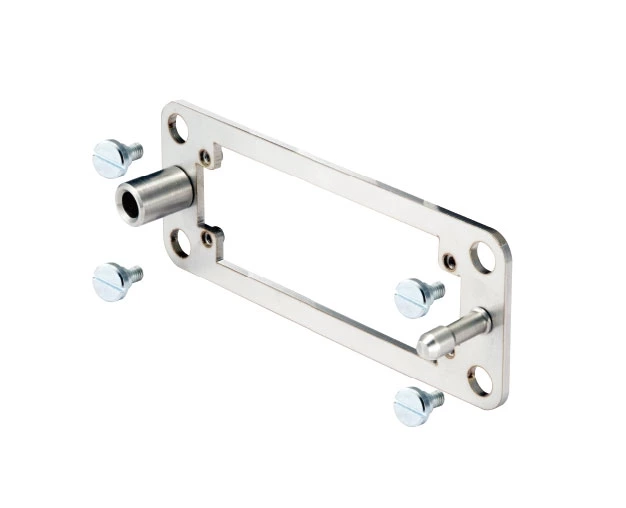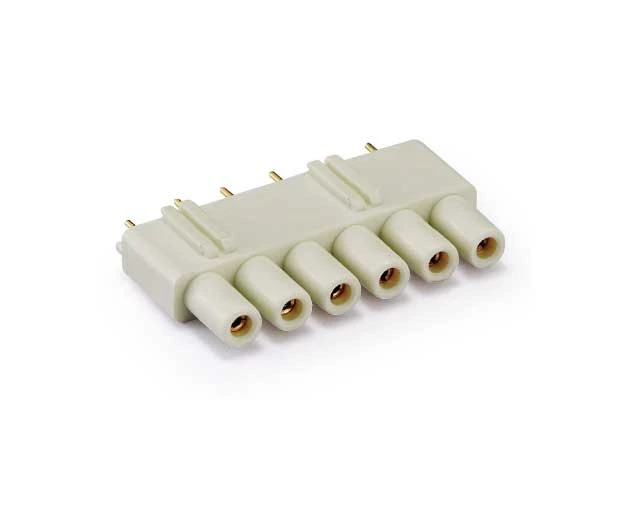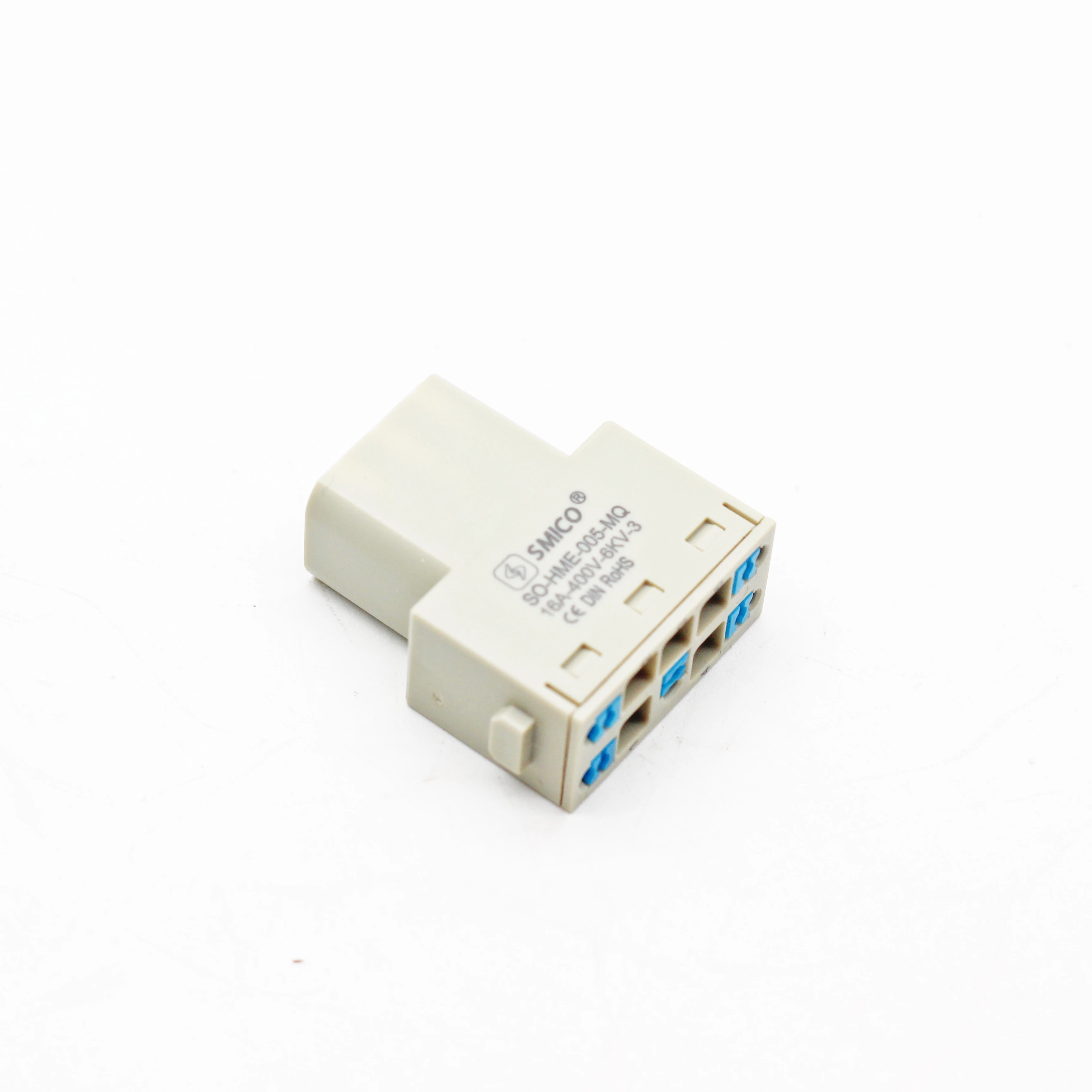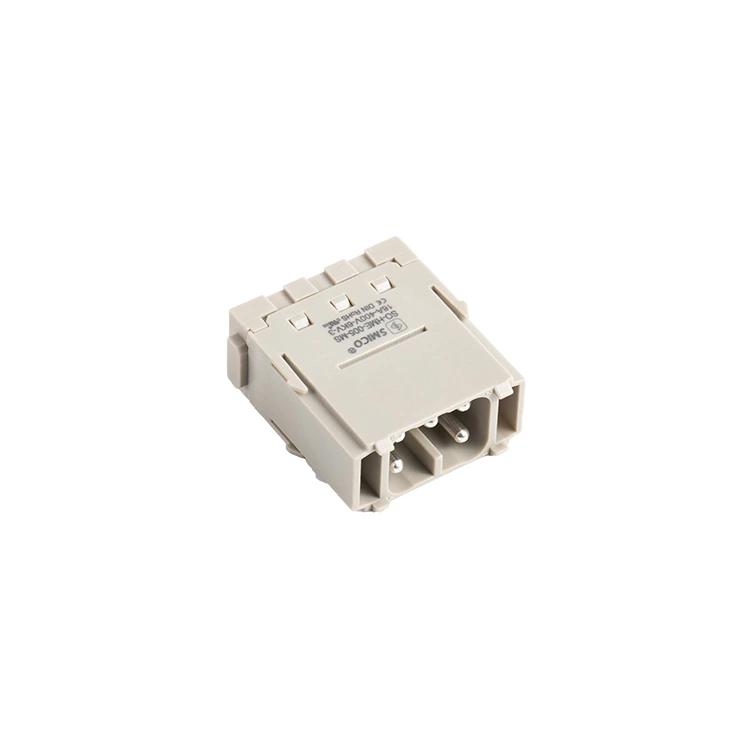About Connector Industry Manufacturing
In China, whether from the popularity or technical capabilities of machine vision, the Heavy Duty Connector manufacturing industry is at the forefront of the electronics industry. The huge development space of the connector industry and its growth potential in China have greatly attracted the attention of machine vision practitioners. How to better meet product needs and gain space for survival and development? Machine vision also has its own unique development trend in the connector industry.
It is an indisputable fact that China has long become the world's manufacturing center. With open policies, abundant resources, cheap labor, strong consumption power, and sustained economic development, China has become a paradise for investors around the world. As a pillar industry of the manufacturing industry, the development of the electronics manufacturing industry in China is even more rapid. In just ten years, the scale of the electronics manufacturing industry has ranked third in the world; the entire electronics manufacturing industry has formed a huge industrial chain involving electronic materials manufacturing, electronic components manufacturing, and terminal electronic products manufacturing, and it is interdependent with related industries such as precision processing, equipment manufacturing, and testing instruments, forming a famous high-tech and cutting-edge industrial chain group in contemporary China.
Industry characteristics: different in distance, height and depth
——Manufacturing characteristics, requirements and testing status of different links in the electronic connector manufacturing industry
Looking at the entire electronic manufacturing industry chain, each industry has distinct characteristics, different processes and different processes, but the pursuit of good quality is their common goal. , It is precisely because of this that the "zero defect" quality goal has become the direction of every enterprise's efforts. Quality management methods such as "total quality management" and "six sigma" have been unusually widely used, and the concept of "quality first" has been deeply rooted in the hearts of the people. Therefore, various testing technologies that can not only guarantee product quality, but also provide product characteristic data for analysis and can further improve process capabilities are increasingly widely and deeply used.
In view of the precision and mass production characteristics of electronic connector products, the use of testing technology is particularly important in its manufacturing process, including mechanical performance testing, environmental testing, electrical performance testing, structural size testing and other aspects.
In terms of size testing, different needs are shown in the manufacturing process of the entire connector at all stages. The connector manufacturing process is mainly divided into four main process flows: stamping, electroplating, injection molding and assembly. Stamping is the forming area of metal terminals. The metal strip is cut by the metal mold under the huge pressure of the stamping machine to form the shape of the designed metal terminal, producing a continuous strip with metal terminals. The so-called electroplating means that the metal terminal after stamping needs to be plated with different layers such as tin, lead, and gold on the metal surface. Injection molding is the process of forming a connector insulation body with a certain structure through an injection mold under the high temperature and high pressure of the injection molding machine. Assembly is the last stop of connector production. The metal terminals after stamping and electroplating and the plastic formed by injection molding are assembled in the assembly workshop to produce finished products. The metal strip becomes a finished product after cutting, pin insertion, shaking, inspection and other processes, and then it is directly delivered to customers after packaging.
In the above four manufacturing links, each link has extremely strict requirements on product size, so only strict measurement can ensure that the product meets the quality requirements. At present, the main detection methods can be divided into contact detection and non-contact detection according to different contact methods. For example, metal gauges and micrometers belong to contact measurement, while tool microscopes, X-ray detectors, projection detectors, and three-dimensional non-contact measuring instruments belong to non-contact measurement. According to different detection locations, it can be divided into offline detection and online detection.
The above detection instruments have different applications according to different accuracy, speed, and detection items, but they are mainly used for offline detection due to the limitations of slow detection speed, complex operation, and environmental requirements. The main reason why online detection mainly uses machine vision detection equipment is that it must meet production characteristics such as high speed, high precision, and high repeatability, so as to meet the higher requirements of online detection of production lines. This undoubtedly prepared abundant soil for the early development and enlightenment of China's machine vision market. Application history: rising to the sky
——The application history of machine vision in China's electronic connector manufacturing industry
Although it is difficult to trace the exact time when machine vision entered the connector manufacturing industry in mainland China, there is no doubt that the initial application of machine vision in connector manufacturers in mainland China started from the workshops of some foreign and Taiwanese manufacturers' investment factories in mainland China. In the early 1990s, some connector manufacturers in Europe, America and Taiwan successively invested and set up factories in the mainland. Some manufacturing and testing equipment with machine vision were also slowly introduced into China in the following years, and all of them came from European and American board-type systems, such as PPT. Because the concept and application of machine vision technology were not mature in China at that time, there were certain bottlenecks in hardware, software and technology, and a series of problems such as low stability, low speed, high technical threshold and high cost appeared, so there were very few typical specific applications.
In the late 1990s, the manufacturing of electronic products in China developed rapidly. The emergence and development of products such as mobile phones and PDAs, and the increasing popularity of personal computers, have gradually expanded the application areas of connector products, continuously increased production, and made products more sophisticated, with more and more pins. At this time, some foreign-funded and Taiwanese companies began to realize the importance of machine vision in production, and introduced more visual inspection equipment from abroad. At the same time, with the development of related industries such as computers, electronics, and semiconductors, machine vision has made breakthrough progress, with continuous improvement in detection speed, continuous maturity of software algorithms, and no longer prohibitive prices.
At that time, machine vision systems still mainly came from foreign countries and Taiwan, and it was almost impossible to find machine vision system integrators in the mainland. However, the development of machine vision in China has never stopped. As time goes by, the concept of "machine vision" has gradually entered the sight of the electronics manufacturing industry, and more and more people have begun to have a strong interest in it. The huge business opportunities are also attracting people's attention. DVT, OMRON, COGNEX, NAIS and other companies have successively launched smart cameras, which greatly reduced the system









